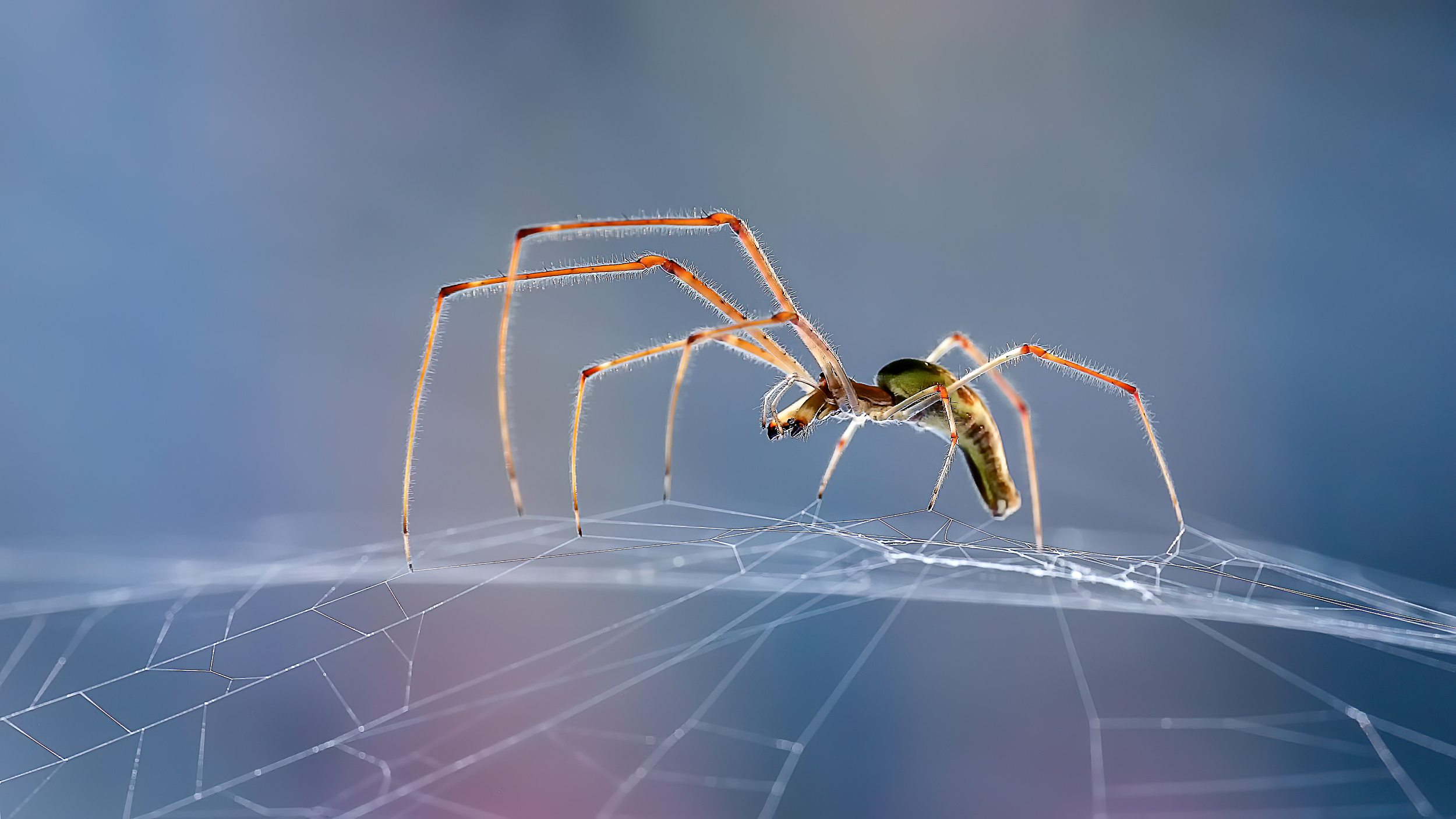Spinning Mechanism of Spider Dragline Silk Unveiled

A?spider walks?on?its?dragline silk.?(PHOTO:?VCG)
By?WANG?Xiaoxia
Chinese scientists have performed a systematic molecular atlas of spider dragline silk production, which provides the key theoretical basis for synthetic dragline silk, according to the study recently published in the journal Nature Communications.
The process of natural silk production in the spider major ampullate (Ma) gland endows dragline silk with extraordinary mechanical properties and the potential for biomimetic applications, said the study. However, spiders are difficult to cultivate in high density because of their cannibalism, thus the production of spider dragline silk from nature is very limited.
To realize artificial synthesis of spider dragline silk, it is essential to figure out the precise genetic roles of the Ma gland during natural silk production.
The research team from Southwest University selected the golden orb-weaving spider Trichonephila clavata as the research subject. Through a high-quality genome assembly for the spider, researchers defined the tri-sectional architecture of the Ma gland as Tail, Sac, and Duct, and uncovered a hierarchical biosynthesis of spidroins, organic acids, lipids, and chitin in the sectionalized Ma gland dedicated to fine silk constitution.
This study provides multidimensional data that significantly expands the knowledge of spider dragline silk generation and ultimately benefits innovation in spider-inspired fibers, said the researchers in their paper.







